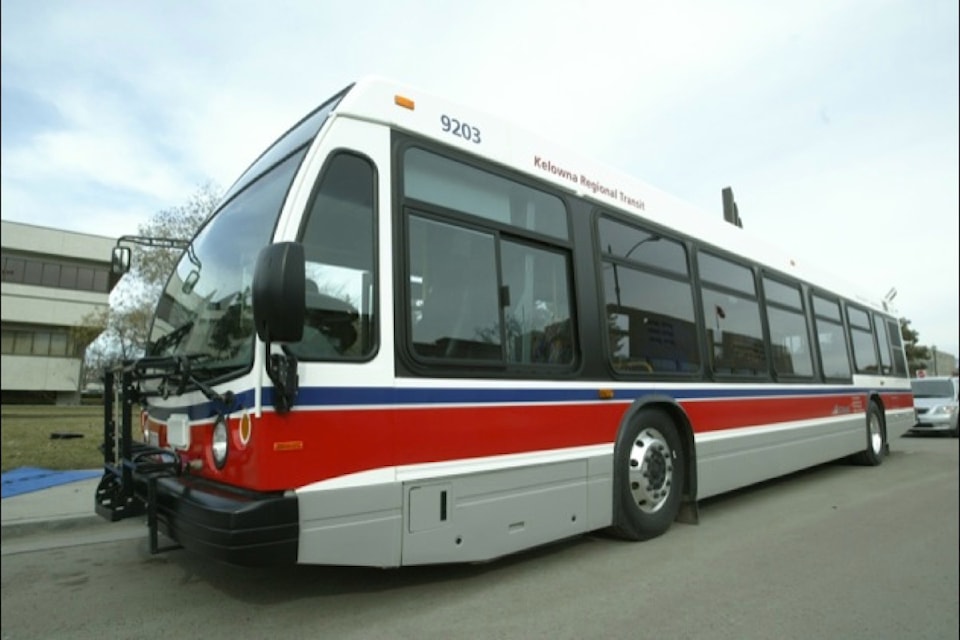It appears motorists will take a back seat when it comes to Kelowna’s new transportation master plan.
The plan, outlined for city council Monday, will focus more on connecting people and goods to their destination than on moving vehicles, according to city staff.
“In doing so it will consider shaping demand as well as building capacity , programs as well as infrastructure, and the interrelationships between land use and transportation,” says a report prepared for council by Rafael Villarreal, the city’s integrated transportation manager.
The plan, the first comprehensive revision to the city transportation vision in 23 years, will be worked on over the next 18 months and look at a host of issues including: transportation hubs and the regional transportation network, shared mobility and transportation demand management, “intelligent” transportation, updating the active transportation plan, working with the provincial government on its Central Okanagan Planing Study, prioritizing the capital plan in relation to transportation and fining the money to pay for what needs to be done.
With the entire Central Okanagan area growing at a fast rate, most of the jobs located within the City of Kelowna and a large number of people living in neighbouring municipalities and areas, Villarreal’s report says the work will need to be more regional in nature than in the past.
But specific city-oriented work will be included, such as road classification, a city-wide transportation network plan, roundabout policy, pedestrian and cycle planning, specific neighbourhood studies and safety.
As part of the safety work, the city will adopt what it calls a “vision zero” goal—declaring no loss of life on city streets due to traffic accidents is acceptable.
A transit future plan will also be part of the Transportation Master Plan, a partnership with B.C. Transit. It will look at all parts of the local transit system,how to improve them, and how rot pay for it.
“Through a combination of public engagement, research and analysis, the result will be a long-term vision for a safe, cost-effective, inclusive and sustainable transportation network which supports a prosperous economy and vibrant urban centres,” said Villarreal in his report.
